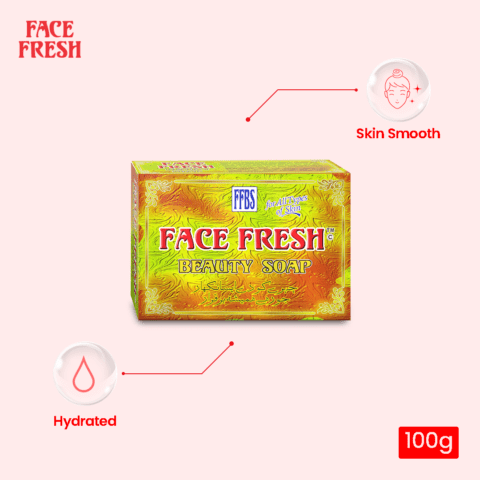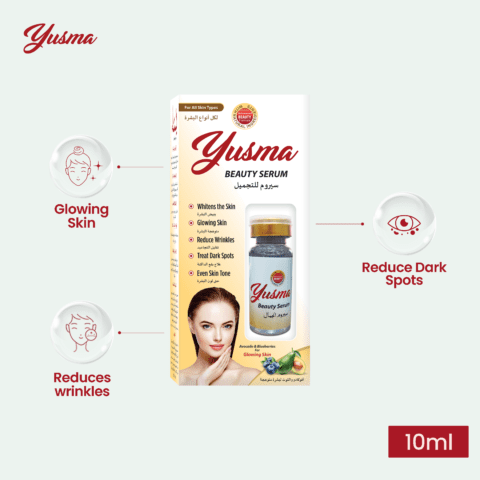Important Points
- Introduction
- What are “Passes Skin”?
- Understanding Skin Passes in Metal Processing
- Benefits of Skin Passes
- Types of Skin Passes
- H1: Wet Skin Pass
- H1: Dry Skin Pass
- H1: Electrolytic Skin Pass
- Skin Pass Process in Detail
- H2: Surface Preparation
- H2: Rolling Process
- H2: Surface Treatment
- H2: Final Inspection
- Applications of Skin Passes
- H1: Automotive Industry
- H1: Construction Industry
- H1: Manufacturing Sector
- Factors Affecting Skin Pass Quality
- H2: Material Composition
- H2: Rolling Pressure
- H2: Temperature and Humidity
- H2: Equipment Calibration
- Troubleshooting Common Skin Pass Issues
- H2: Wrinkling
- H2: Edge Cracks
- H2: Excessive Reduction
- H2: Surface Defects
- Maintaining Skin Pass Equipment
- Comparison with Other Metal Processing Techniques
- H2: Skin Pass vs. Temper Rolling
- H2: Skin Pass vs. Pickling
- H2: Skin Pass vs. Galvanizing
- Future Trends in Skin Pass Technology
- Conclusion
- FAQs
- H3: What is the purpose of a skin pass in metal processing?
- H3: Is skin pass the same as temper rolling?
- H3: Can skin pass eliminate all surface defects?
- H3: Are there any environmental concerns related to skin passes?
- H3: How often should skin pass equipment be calibrated?
Introduction
In the world of metal processing, achieving the desired surface quality is essential. One technique that plays a crucial role in enhancing the surface characteristics of metals is “Skin Pass.” This article will delve into the details of skin passes, their benefits, applications, and the process involved.
What are “Passes Skin”?
Skin passes, also known as temper rolling or skin rolling, are metalworking processes used to improve the surface finish of rolled steel or other metals. During the skin pass, a carefully controlled reduction in thickness is applied to the metal strip or sheet. The term “skin” refers to the outer layer of the metal, and the pass ensures that this outer layer exhibits desired properties.
Understanding Skin Passes in Metal Processing
The primary purpose of skin passes is to improve the surface roughness and texture of metal products. By subjecting the metal to a controlled reduction, the surface defects and irregularities from the previous rolling process are smoothed out. This imparts a more refined appearance and enhanced flatness to the metal.
Benefits of Skin Passes
Skin passes offer several advantages that make them indispensable in the metal industry. Some of the key benefits include:
- Improved Surface Quality: Skin passes result in a smoother, more uniform surface, reducing the occurrence of defects and imperfections.
- Increased Formability: The enhanced surface characteristics make the metal more malleable, facilitating further processing.
- Dimensional Control: Skin passes help maintain precise thickness and width tolerances.
- Better Surface Protection: The improved surface finish provides better resistance to corrosion and wear.
- Enhancing Coating Adhesion: Skin passes promote better adhesion of coatings, such as paint or galvanized layers.
Types of Skin Passes
There are several methods of performing skin passes, each offering unique advantages for specific applications. The three primary types are:
Wet Skin Pass: This method involves applying a thin, chemically active solution to the metal surface before passing it through a rolling mill.
Dry Skin Pass: In this approach, the metal is passed through a rolling mill without any additional liquid application.
Electrolytic Skin Pass: Electrolytic skin passes use an electrical current to modify the metal’s surface properties, enhancing its smoothness and brightness.
Skin Pass Process in Detail
The skin pass process comprises several stages:
Surface Preparation: The metal strip undergoes thorough cleaning to remove any contaminants or residues.
Rolling Process: The metal is then passed through specially designed rollers that exert the required pressure for the reduction.
Surface Treatment: In wet skin passes, the chemical solution is applied at this stage.
Final Inspection: The processed metal is carefully inspected for quality assurance before further use.
Applications of Skin Passes
Skin passes find application in various industries due to their ability to improve metal surfaces. Some of the key sectors include:
Automotive Industry: Skin passes are utilized to produce high-quality steel sheets for car bodies, ensuring smooth finishes.
Construction Industry: Steel with superior surface characteristics obtained through skin passes is employed in construction materials.
Manufacturing Sector: Appliances, furniture, and industrial machinery benefit from the improved surface properties achieved by skin passes.
Factors Affecting Skin Pass Quality
Several factors influence the outcome of the skin pass process:
Material Composition: Different metals require specific processing parameters for optimal results.
Rolling Pressure: The magnitude of pressure applied during the skin pass affects the extent of reduction and surface finish.
Temperature and Humidity: Environmental conditions play a role in achieving consistent skin pass results.
Equipment Calibration: Regular calibration of skin pass equipment is essential to maintain accuracy and quality.
Troubleshooting Common Skin Pass Issues
Despite its benefits, skin pass may encounter certain issues:
Wrinkling: Wrinkles or creases on the metal surface can occur due to improper pressure or material properties.
Edge Cracks: Excessive reduction can lead to cracks at the edges of the metal.
Excessive Reduction: Overworking the metal can cause thinning beyond the desired thickness.
Surface Defects: Inadequate cleaning or surface preparation can result in defects on the final product.
Maintaining Skin Pass Equipment
To ensure consistent and reliable results, regular maintenance and calibration of skin pass equipment are necessary.
Comparison with Other Metal Processing Techniques
Skin passes differ from other metal processing methods, such as temper rolling, pickling, and galvanizing.
Skin Pass vs. Temper Rolling: While both processes improve surface quality, temper rolling involves a greater reduction and is generally used for thinner materials.
Skin Pass vs. Pickling: Pickling removes impurities from the metal’s surface, while skin pass enhances surface finish.
Skin Pass vs. Galvanizing: Galvanizing involves coating the metal with zinc for corrosion resistance, while skin pass improves surface characteristics.
Future Trends in Skin Pass Technology
Advancements in material science and process control will likely lead to more efficient and effective skin pass techniques.
Conclusion
Skin passes play a crucial role in metal processing, providing improved surface quality, formability, and dimensional control. With their varied applications across industries, skin passes continue to be an indispensable part of the manufacturing process, contributing to better quality products.
FAQs
Q: What is the purpose of a skin pass in metal processing? A: The primary purpose of a skin pass is to improve the surface finish and texture of metal products by reducing thickness and eliminating surface defects.
Q: Is skin pass the same as temper rolling? A: While both processes aim to improve surface quality, temper rolling involves greater reduction and is used for thinner materials compared to skin pass.
Q: Can skin pass eliminate all surface defects? A: While skin pass significantly reduces surface defects, it may not eliminate all of them, especially if they are present in the initial material.
Q: Are there any environmental concerns related to skin passes? A: Skin passes using chemical solutions may raise environmental concerns, necessitating proper waste management and treatment protocols.
Q: How often should skin pass equipment be calibrated? A: Regular calibration of skin pass equipment is essential to ensure accurate results, and it should be done at recommended intervals according to the manufacturer’s guidelines.




Leave a comment
Your email address will not be published. Required fields are marked *